How Does A Firearm Work?
Posted by Jessica Koenes on Jul 8th 2022
How Does A Firearm Work? The Physics that Works Behind Firearm
A firearm is a system of delivering maximum destructive energy to the target with a minimum delivery of energy on the shooter.
Firearms
Guns are everywhere in our society. They are used by law enforcement, in times of war, in households, and even on the big screen.
Firearms date back throughout our history. The early firearms date back to the 14th century throughout Europe. These primitive firearms were focused on a large caliber cylinder typically made of iron or bronze. They were closed on one end and gunpowder had to be placed inside the muzzle before shooting.
Guns have come a long way since then, There are a wide variety of firearms out there, but how do they work? How do they gain the speed and work efficiently to gain accuracy that we can rely on?
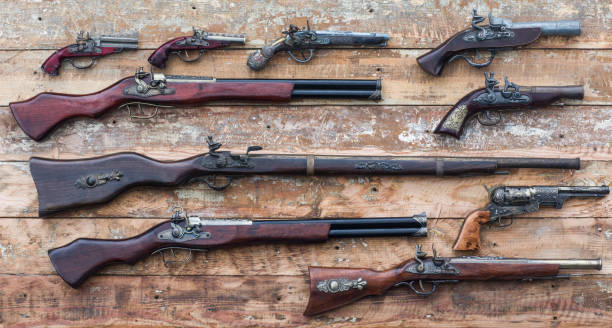
Courtesy of serikbaib from iStock
The Variety
Firearms are classified by the dimensions of their barrel opening. We call these classifications the caliber of a gun. Firearms typically have a barrel opening of 0.2 inches or more. In order to be a firearm, there is also an explosive propellant that propels a missile from the chamber.
Shotguns, rifles, and even cannons work on the conservation of momentum and the shift of energy from potential energy to kinetic energy.
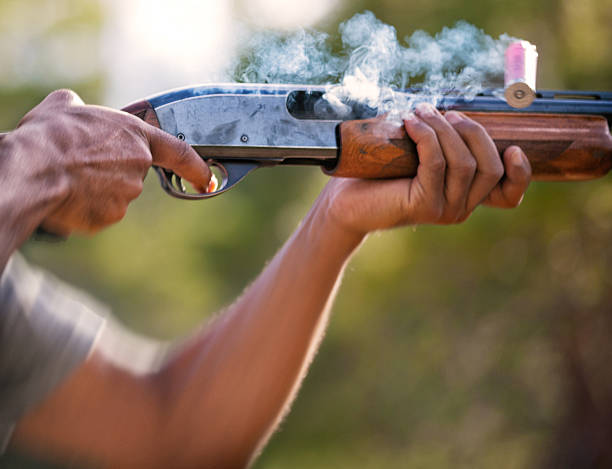
Courtesy of Michael Krinke from iStock
How Firearm Works
Let’s take a moment to look at the different components of firearms that help create the bullet action and accuracy. There is science to shooting, no doubt about it.
- Pull the Trigger: Once the trigger of a firearm is pulled, a hammer will hit a firing pin. This leads down a sequence of events.The strike of the hammer creates a small charge at the end of the ammunition. The charge connects with the gunpowder. Once the firing pin is hit, a primer gets hit.

Courtesy of Markus Schnessl from iStock
- Gases: The primer allows the powder to burn inside the firearm which produces gas.The gas is a byproduct of the burning gunpowder. The gas is essential and causes pressure behind the bullet due to the volume of the chamber being filled up with gas. The pressure from the gas causes a pushing action. It pushes on the chamber, but more importantly, it pushes on the bullet.
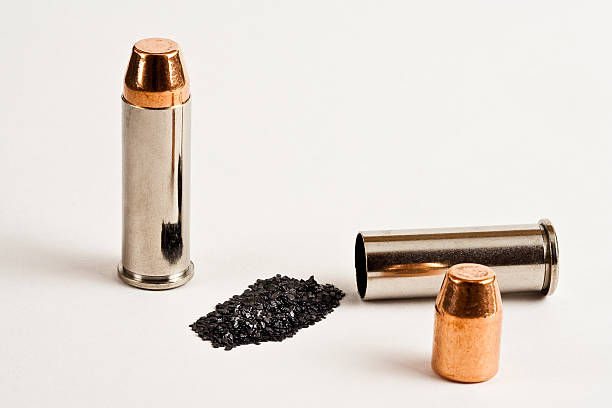
Courtesy of EnglerJ from iStock
- High Speed: The pressure of the gasses inside the firearm pushes the bullet, forcing the bullet to come out of the barrel of the firearm at a high speed. The only way for the pressured gas to escape is through an opening that can be found by pushing the bullet and bringing it into motion. An object in motions, stays in motion. This is very true for the bullet. The bullet will come out of the chamber at a high speed and be propelled for a long distance until it hits something.
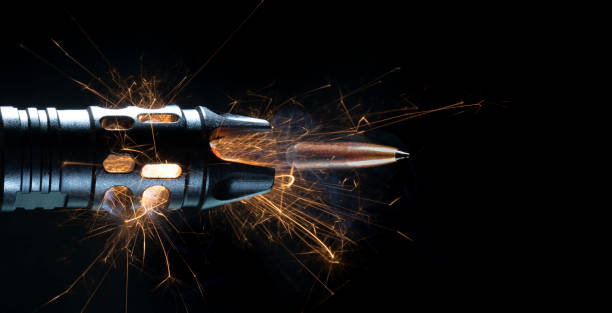
Courtesy of gsagi from iStock
- Recoil: This conservation of momentum is what causes shooters to feel a kickback after they pull the trigger. The momentum leaving with the bullet needs to also go back in the opposite direction. This is to cancel out the momentum and leave it equal. This creates the recoil.
- Momentum with the Recoil: Momentum cannot be created or destroyed. It can, however, be transferred between different objects.The more mass or speed gained, the more momentum gained in the direction it is traveling. Momentum is mass times velocity. There will become an equal and opposite reaction to transfer the momentum. The force exerted on the bullet when fired will come back with the same force in the recoil. The reason the kick back is not as damaging to you as the bullet, is the size of the bullet vs the size of the gun. This distributes the power differently when it is not condensed in one small bullet. The acceleration is also different in the kickback vs the acceleration the bullet gains as it moves along the barrel.
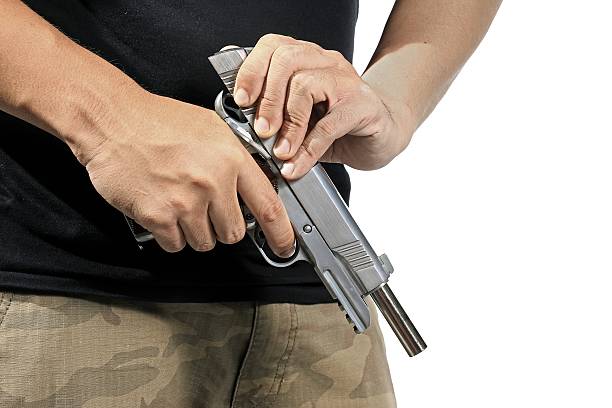
Courtesy of Artfully79 from iStock
- The Target: The target of the bullet or the place it hits receives the kinetic energy from the strike of the bullet. This can sometimes cause the target to get physically pushed backwards when hit by a bullet.
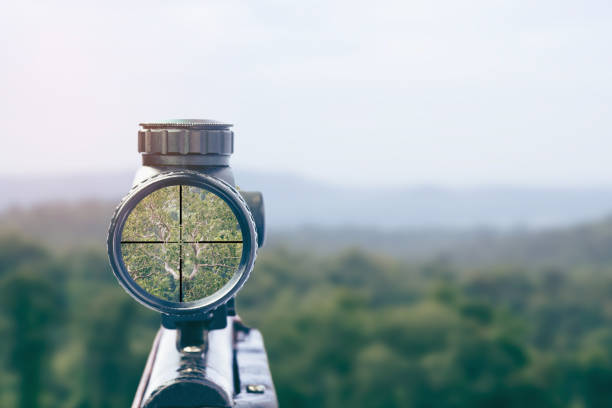
Courtesy of gan chaonan from iStock
- Accuracy: What helps increase the accuracy of a bullet in the firearm? The spiral grooves that allow air to flow and pass through as the bullet is going through the camber. The spirals and the way it makes the heavy condensed air travel against the bullet result in the bullet spinning as it exits the gun. This helps create a more stable trajectory. The same idea for when you spin a football when you throw it, but on a much smaller, faster, more powerful scale.

Courtesy of Artfully79 from iStock
Conclusion:
There are so many details that compile to create the joys of shooting. From the pull of the trigger to the excision of hitting a target, there is a lot of work that goes into the function of firearms. Anyone who has ever pulled apart their firearm to clean it knows just how important each portion of a gun is to ensure that it operates effectively. Next time you are purchasing a new firearm, when you feel a twinge of dread at the cost, just remember: firearms are intricate works of art with science and procession put into each weapon.
#Affiliation Disclosure: This post contains affiliate links. If you make a purchase, we may receive a commission. This won't affect your purchase price.
References:
https://www.popularmechanics.com/military/weapons/a19138318/how-guns-work/
https://science.howstuffworks.com/gun-roundup.htm
https://schoolworkhelper.net/how-guns-work-physics/
https://www.hunter-ed.com/pennsylvania/studyGuide/How-the-Rifle-and-Handgun-Fire/20103901_88408/
